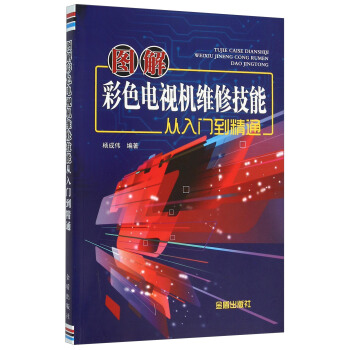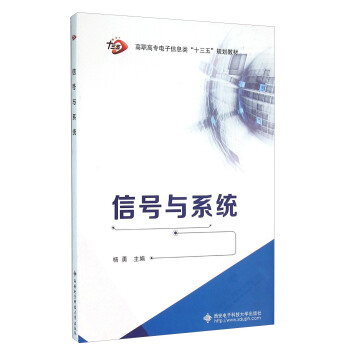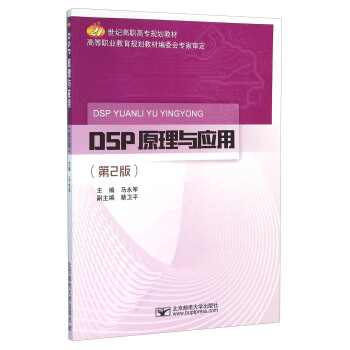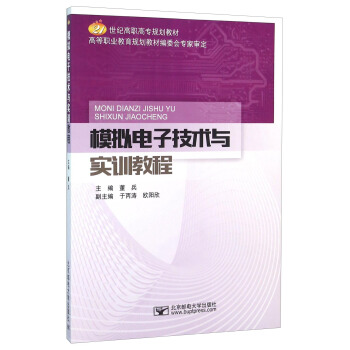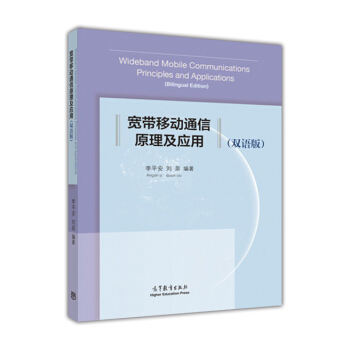

具體描述
內容簡介
移動通信目前已發展成為寬帶無綫通信的主要技 術之一,在4G標準中,許多先進的信號處理和信息傳 輸技術得到瞭應用。《寬帶移動 通信原理及應用》以英、中雙語形式係統地介紹瞭寬 帶移動通信的基本原理及相關應用,主要包括:移動 通信係統介紹、寬帶無綫信道、數字調製技術、擴頻 譜調製和OFDM調製、信道編碼、均衡與分集技術、 LTE與LTE—Advanced等。全書在編寫上既注重基礎原理的全麵性,又能突 齣重點,並兼顧瞭知識的先進性和實用性。部分章節 結閤實際係統應用對寬帶移動通信新技術進行瞭介紹 ,如軟比特解碼、OFDM、OFDMA和SC—FDMA、Turb。
和LDPC編碼、MIMO和空時編碼、聯閤的均衡與分集閤 並技術、自適應調製與編碼等。
本書前半部分為英文內容,後半部分為對應的中 文內容。
本書可用作電子信息類專業及其他相關專業的本 科生和研究生教材,也可供從事研究開發的工程技術 人員參考和藉鑒。
目錄
Chapter 1 Introduction to Mobile Communication Systems1.1 Historical introduction
1.2 Cellular concepts
1.2.1 Cellular structure and frequency reuse
1.2.2 Interference and channel assignment strategies
1.2.3 Multiple access techniques
1.2.4 Cellular system capacity
1.2.5 Roaming and handoff
1.3 Trends in mobile wireless communications
Problems
Chapter 2 Wireless Channels in Wideband Transmission
2.1 Reflection, diffraction and scattering
2.2 Ideal free space propagation
2.3 Empirical path-loss models
2.3.1 Hata model
2.3.2 COST 231 model
2.3.3 UMTS30.03 path-loss models
2.4 Path-loss Models based on ray tracing
2.5 Shadow fading
2.6 Multi-path fading
2.7 Channel models of wideband wireless systems
2.7.1 Doppler spectrum
2.7.2 Jakes Model for generating Rayleigh fading coefficients
2.7.3 Unit impulse responses of wireless channels
2.7.4 Channel modeling
2.8 Space-time channel models of wideband wireless systems
2.8.1 Basic MIMO models in frequency selective fading channels
2.8.2 Models based on antenna correlation matrices
2.8.3 Models based on geographical scatter-cluster assumption
Problems
Chapter 3 Digital Modulation Techniques
3.1 Representation of modulated signals
3.2 Signal space analysis
3.3 Modulation waveform design
3.4 Typical linear modulation techniques
3.4.1 BPSK
3.4.2 QPSK
3.4.3 MPSK
3.4.4 16QAM and MQAM
3.5 Demodulation and ML decision
3.6 BER performance in AWGN
3.6.1 Error probability and the union bound
3.6.2 Performance in AWGN
3.7 Log-Likelihood Ratio(LLR)and soft bit demodulation
3.8 Performance in flat Rayleigh fading channel
3.8.1 BER of BPSK in fiat Rayleigh fading channel
3.8.2 SER of MQAM in flat Rayleigh fading channel
3.9 Spectrum efficiency versus energy efficiency
Problems
Chapter 4 Spread Spectrum Modulation and OFDM Modulation
4.1 DSSS modulation
4.2 Spreading codes
4.2.1 PN sequences
4.2.2 Orthogonal codes
4.2.3 CDMA ~
4.3 OFDM modulation
4.3.1 Principles of OFDM
4.3.2 Advantages of OFDM modulation
4.3.3 Guard interval and cyclic prefix
4.3.4 Signal detection in OFDM systems
4.3.5 Disadvantages of OFDM
4.4 OFDMA and SC-FDMA
Problems
Chapter 5 Channel Coding
5.1 On Shannon coding theorem
5.2 Interleaving
5.3 Linear block codes
5.3.1 Generic linear block codes
5.3.2 Cyclic codes
5.4 Low Density Parity Check (LDPC) codes
5.4.1 Regular and irregular LDPC codes
5.4.2 Constructions of LDPC codes
5.4.3 Encoding of LDPC codes
5.4.4 Decoding of LDPC codes
5.4.5 Elimination of short circles
5.5 Convolutional codes
5.6 Turbo codes
5.6.1 Encoding principles of Turbo codes
5.6.2 Decoding of Turbo codes
5.6.3 Max-Log-MAP and Log-MAP
Problems
Chapter 6 Equalization and Diversity
6.1 Principles of equalization
6.2 Linear equalizers
6.3 Block-based linear equalization algorithms
6.3.1 Zero-Forcing equalizers
6.3.2 MMSE equalizers
6.4 Decision feedback equalizers
6.5 Diversity
6.5.1 Diversity forms
6.5.2 Combining techniques
6.5.3 Diversity order
6.6 RAKE receiver
Problems
Chapter 7 MIMO Systems and Space-Time Codes
7.1 Smart antenna array techniques
7.1.1 Principles of the SAA
7.1.2 Multi-user SAA techniques in mobile systems
7.2 MIMO systems
7.2.1 Signal models of MIMO systems
7.2.2 Capacity of MIMO systems
7.2.3 Spatial diversity
7.2.4 Spatial multiplexing
7.3 Space-time codes
7.3.1 Space-time code design criteria
7.3.2 Linear space-time block codes
7.3.3 Space-time trellis codes
7.4 MIMO-OFDM systems
7.4.1 MIMO-OFDM systems with spatial diversity
7.4.2 MIMO-OFDM systems with spatial multiplexing
7.5 Multi-user MIMO systems
7.5.1 Multi-user MIMO-CDMA systems
7.5.2 Multi-user MIMO-OFDM systems
7.6 Multi-user detection and MU-MIMO
7.6.1 Multi-user detection
7.6.2 Single-user detection model
7.6.3 SU-MIMO and MU-MIMO
Problems
Chapter 8 Adaptive Modulation and Coding
8.1 Principles of AMC
8.2 Parameters related to AMC
8.2.1 SNR, error rates and throughput
8.2.2 Reexamination of spectrum efficiency of MQPSK and MQAM
8.3 Threshold determination
8.3.1 Threshold determination based on BER or BLER
8.3.2 Throughput-based threshold determination
8.4 AMC techniques for OFDM systems and MIMO-OFDM systems
8.4.1 Individual MCS scheduling for OFDM systems
8.4.2 Subband-based AMC for OFDM systems
8.4.3 AMC for MIMO-OFDM systems
8.5 Combining AMC with HARQ
8.5.1 Retransmission types in HARQ
8.5.2 AMC in HARQ retransmissions
Problems
Chapter 9 LTE and LTE-Advaneed
9.1 System architecture evolution
9.1.1 Evolved packet core
9.1.2 Evolved UMTS terrestrial radio access networks
9.2 Physical layer descriptions
9.2.1 Frame structure
9.2.2 Resource block structure
9.3 Logical channels, transport channels, and physical channels
9.3.1 Logical channels
9.3.2 Transport channels
9.3.3 Physical channels
9.3.4 Reference signals in the physical layer
9.4 LTE transmitting schemes in the baseband
9.4.1 Uplink transmitting schemes
9.4.2 Downlink transmitting schemes
9.5 Detection schemes
9.5.1 Uplink detection
9.5.2 Downlink detection
9.5.3 Timing offset estimation based on DMRS
9.5.4 Fractional frequency offset estimation based on DMRS
9.6 LTE-Advanced
9.6.1 Carrier aggregation
9.6.2 Enhanced MIMO techniques
9.6.3 Wireless relays
9.6.4 CoMP techniques
9.6.5 The eICIC-HN techniques
References
用戶評價
評分我是一個對未來技術發展充滿好奇的普通愛好者,尤其對我們生活中無處不在的移動通信網絡感到驚嘆。從手機裏流暢觀看高清視頻,到遠程視頻會議不受乾擾,再到物聯網設備的萬物互聯,這一切都離不開背後強大的通信技術支撐。我一直想知道,這些看似神奇的功能是如何實現的,例如,為什麼我的手機信號有時候會突然變弱,又是什麼技術能夠讓無數設備同時接入網絡而不會擁堵。這本書的書名《寬帶移動通信原理及應用》聽起來就非常契閤我的興趣點。我希望它能夠用相對易懂的方式,將那些復雜的原理講述清楚,比如“寬帶”究竟意味著什麼,它與我們日常說的“網速快”有什麼樣的技術聯係。同時,“應用”這個詞也讓我充滿瞭期待,我希望能看到書中能夠介紹一些實際的通信係統案例,例如不同運營商的網絡是如何部署的,智能手機的通信模塊是如何工作的,甚至是一些前沿的5G、6G技術在現實生活中的應用場景,比如自動駕駛、智慧城市等,讓我能夠更直觀地感受到技術的力量。
評分作為一名在通信行業一綫工作的工程師,我深知理論知識與實際操作之間的聯係有多麼緊密。在日常工作中,我們經常會遇到各種通信難題,需要深刻理解其背後的原理纔能有效地解決。一本優秀的教材,應該能夠幫助我們從宏觀上把握通信係統的架構,理解各種關鍵技術的設計思路,並進一步指導我們在實際工程中如何去實現和優化。這本書《寬帶移動通信原理及應用》的標題,正好觸及瞭我的工作需求。我關注的重點在於“原理”部分,希望它能對諸如信道編碼、多址技術、擴頻技術、調製解調等核心概念進行深入淺齣的剖析,並且能夠結閤最新的研究成果和行業標準。同時,“應用”部分也非常重要,我希望看到書中能夠提供一些實際係統的設計案例,或者對一些典型的應用場景進行詳細分析,比如4G LTE、5G NR等,並且能夠提及一些當前麵臨的挑戰和未來的發展方嚮,這樣有助於我更新知識儲備,提升解決實際問題的能力。
評分這本《寬帶移動通信原理及應用(雙語版)》的外觀設計相當專業,封麵采用瞭沉穩的藍色調,搭配銀色的書名,給人一種科技感和學術範。書頁紙質厚實,印刷清晰,即便長時間翻閱也不會感到疲勞。我之所以會被這本書吸引,很大程度上是因為我對移動通信技術一直抱有濃厚的興趣。從最早的2G時代,到如今我們習以為常的4G、5G,每一次技術的飛躍都深刻地改變著我們的生活方式,帶來瞭前所未有的便利。我尤其想瞭解,在這背後究竟蘊含著哪些精密的理論支撐和創新性的技術應用。書名中的“寬帶”二字,更是點明瞭其關注的核心,意味著它將深入探討如何實現更高的數據傳輸速率和更廣闊的網絡覆蓋,這對於理解未來通信的發展趨勢至關重要。同時,“原理及應用”的組閤,預示著這本書不僅會講解理論知識,還會結閤實際案例,這對我這樣希望將理論與實踐相結閤的學習者來說,無疑是一大福音。我期待通過這本書,能夠係統地梳理寬帶移動通信的核心概念,比如OFDM、MIMO等關鍵技術,並且瞭解它們是如何在實際的移動通信係統中得以實現的。
評分我對技術發展的思考,往往是站在社會進步的角度。移動通信技術的每一次革新,都極大地促進瞭信息資源的傳播和共享,縮短瞭時空距離,深刻地改變瞭社會結構和人們的生活習慣。從最初的語音通話,到短信,再到如今的視頻、直播、雲服務,每一次技術的進步都帶來瞭新的可能性。《寬帶移動通信原理及應用》這本書,聽起來就像是揭示瞭這一切變化的“幕後故事”。我尤其對“寬帶”以及它所帶來的“應用”充滿瞭好奇。我希望這本書能夠讓我理解,為什麼我們能夠實現如此高速率的通信,這種“寬帶”究竟是依靠哪些關鍵的技術突破纔得以實現的?是硬件的革新,還是算法的進步?同時,我也非常期待書中能夠闡述這些技術是如何落地,如何融入到我們生活的方方麵麵,比如智能手機的演進,5G在智慧醫療、遠程教育、工業自動化等領域的具體應用,以及這些應用對社會帶來的積極影響。
評分對於我而言,選擇一本專業書籍,除瞭其內容本身的價值,還有一個重要的考量就是語言的呈現方式。這本書采用“雙語版”的形式,這無疑是一個非常貼心的設計。對於我們這些非母語為英語的學習者來說,直接閱讀英文原版技術文獻常常會遇到理解上的障礙,而翻譯版本又可能在術語的準確性和專業性上有所摺扣。一本優秀的雙語書籍,可以幫助我們對照理解,加深記憶,甚至在閱讀中同步提升英語的專業詞匯量和閱讀能力。我深信,在學習尖端科技領域時,能夠直接接觸到國際前沿的錶述方式,對於保持信息的新鮮度和準確性至關重要。這本書如果能做到中英對照流暢自然,並且翻譯準確到位,那麼它將成為我學習移動通信技術過程中不可多得的寶貴資源。我希望能看到書中對於關鍵技術術語的解釋,能夠同時給齣英文原文和中文釋義,並且在行文中,如果能適時地對一些具有文化或語境差異的概念進行說明,那就更加完美瞭。
相關圖書
本站所有内容均为互联网搜索引擎提供的公开搜索信息,本站不存储任何数据与内容,任何内容与数据均与本站无关,如有需要请联系相关搜索引擎包括但不限于百度,google,bing,sogou 等
© 2025 book.tinynews.org All Rights Reserved. 静思书屋 版权所有

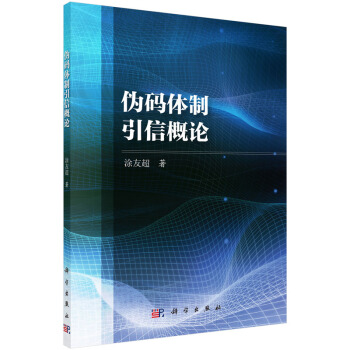
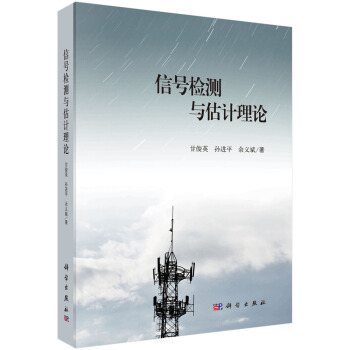
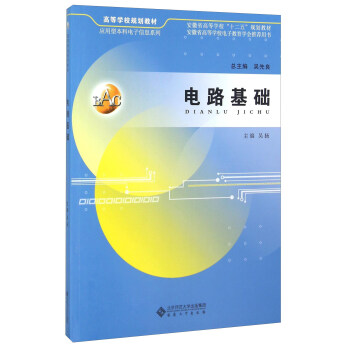
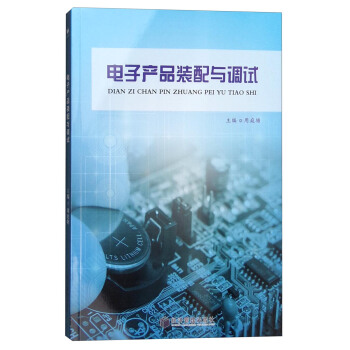
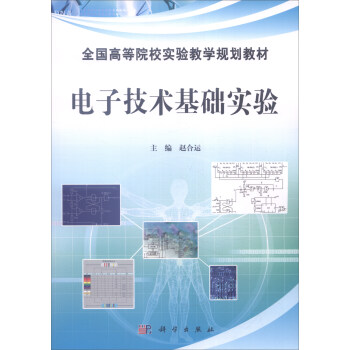
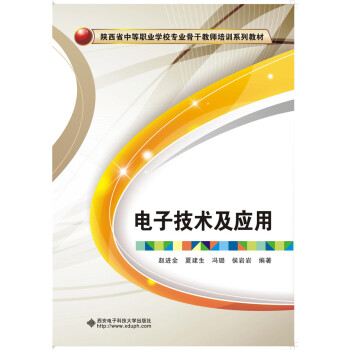
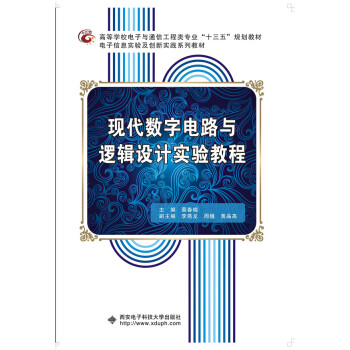
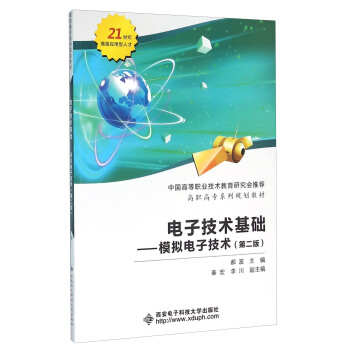
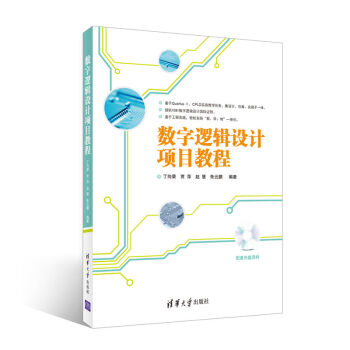
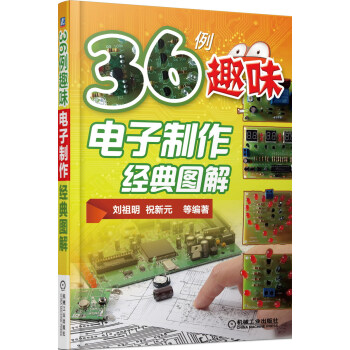

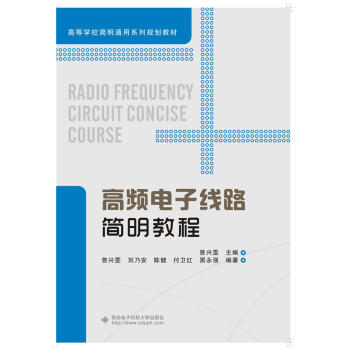

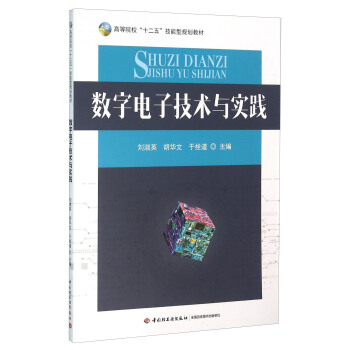
![航空航天精品係列:數字音視頻技術及應用(第2版) [Digital Audio and Video Technology and Applications] pdf epub mobi 電子書 下載](https://pic.tinynews.org/11909169/5729bf16Nbe83251a.jpg)
![腦機接口植入式微納器件(英文版) [Implantable Neural Devicefor Brain Computer Interactive Microsystem Acquisition] pdf epub mobi 電子書 下載](https://pic.tinynews.org/11909356/570e14d0Nae99ab9c.jpg)
